180 Bass Pro Mills Drive
Concord
Ontario L4K 0G9
180 Bass Pro Mills Drive
Concord
Ontario L4K 0G9
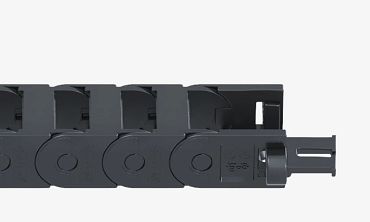
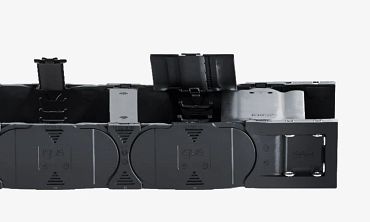

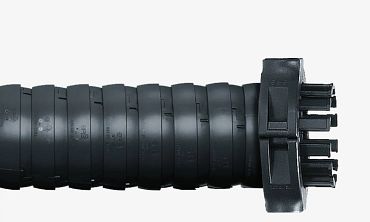
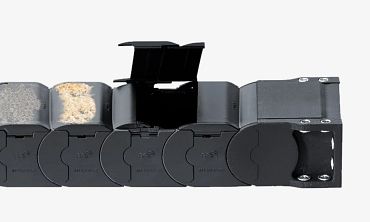
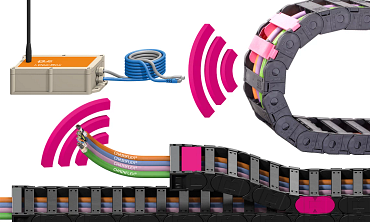
Industry: Automotive
Which smart plastics technology is used?
P4.1 roller chain, i.Sense EC.B, chainflex cables
Why is it used?
Increase in plant safety and availability; complete project implementation from a single source; smart early warning system.
Industry: Crane
Which smart plastics technology is used?
Roller energy chains with the iSense EC.P pull/push force detectio.
Why is it used?
To avoid system damage and failures through preventive maintenance or remote intervention.
Industry: Automotive
Industry: Transport
Industry: Packaging
Which smart plastics technology is used?
E4.1L e-chains® and chainflex® cables pre-assembled as a readychain, CF.Q isense sensors, Module Connect connector.
Industry: Robotics
Which smart plastics technology is used?
EC.M sensor for motion data and EC.W sensor for the measurement of abrasion along the energy chain

Industry: Mining
Which smart plastics technology is used?
EC. P System as a cleaning or maintenance reminder.
Why is it used?
The heavy dust arising during the movement of bauxite is an enormous stress, especially for moving machine components.
Industry: Wastewater and sewage treatment plants
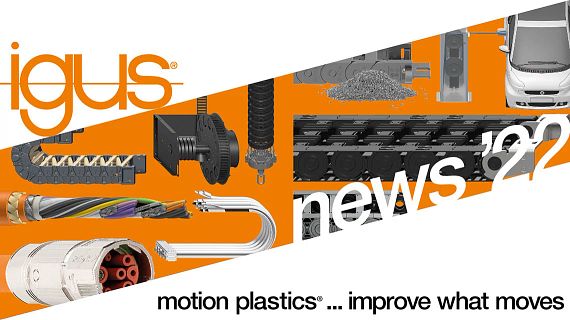
Tech up, cost down: we will always give you at least one of the two. We have been pursuing this goal for you for many years.
This year we are presenting our new innovative energy supply systems that make the operation of your machines even better and more cost-efficient:
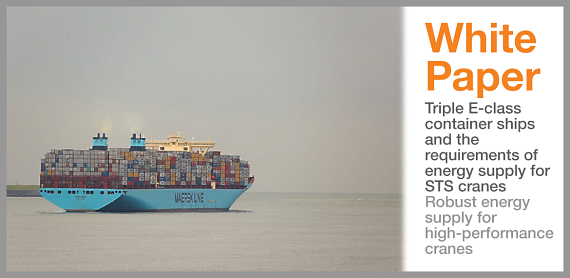
A: Energy chains (also called energy supply chains, e-chains®) are mechanical machine elements. They are used to guide and protect energy, data and signals that have to withstand the most diverse environmental influences. The decisive fact about cable guides is the symbiosis of the components moving against each other. They include cables, hoses, interior separation elements, strain relief devices and guide troughs. The materials used have to be optimally matched to each other so that maximum operating times and a long service life are achieved. Thanks to energy chains, downtime is avoided wherever energy in the form of electricity, gas, air or fluids is supplied to moving loads.
A: Simply use our service life calculator to determine the expected service life of the energy chain.
A: We recommend the product filter in the shop. In the shop, just filter by movement type and narrow down the results using the dimensions.
A: With rol e-chains®, travels of 1,200m and more can be realised. Find out more.
A: As a rule, the standard temperature range for plastic energy chains is -40°C to +130°C, with +170°C in the short term.
A: Our award-winning cable chains have been specifically developed for offices and furniture. For example, igus® offers the ZF14 or OCR cable chain for organised cable guides at the desk. Fastening options: magnetic, screwed and glued.
A: A detailed list provides information on the resistance of igus® igumid G, TE, and NB materials to many chemical substances.
A: Yes, plastic e-chains® that use the igumid HT material can resist chips as hot as + 850 C.
A: Yes, the autoglide system allows travels of up to 80 m without guide troughs.
A: Yes, all igus® e-chains® materials can be deployed in continuous use at temperatures as low as -40 °C
Whether you're interested in end-to-end, fully assembled solutions or looking to build your own customizable project, let us assist you with a solution based on your specific application and requirements. Contact us via the form below or call us at (800) 965-2496 to discuss your project today!